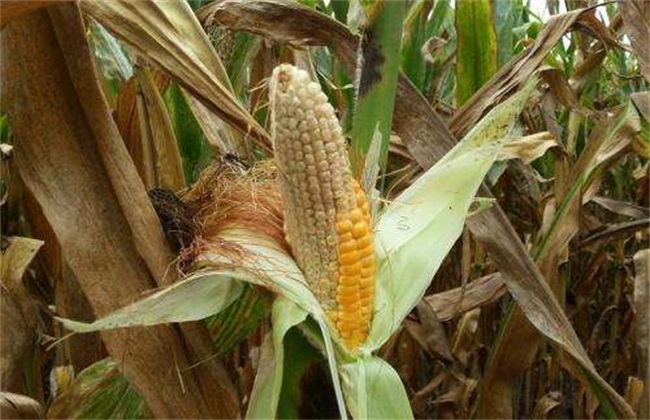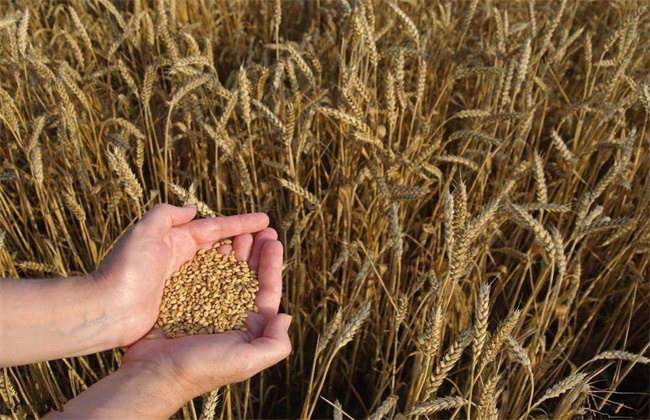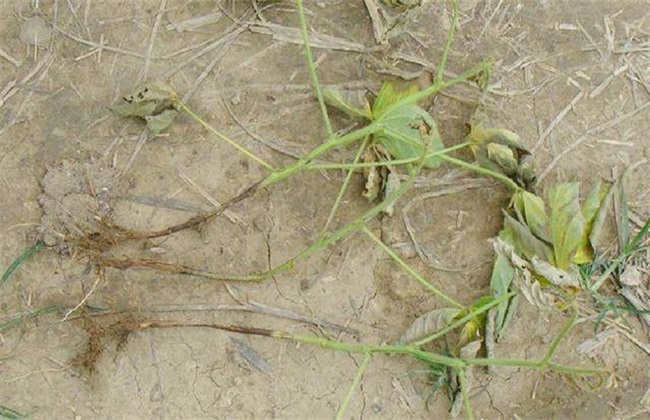What about the bald tip of corn?
After the corn is fruited, not every corn grows well, and sometimes there is a strange phenomenon, such as the bald tip of the corn, that is to say, the top of the corn ear is listed without corn kernels, and the growth and development is incomplete. What is the cause and what should be done? How to avoid this situation. Let's find out the details.

1. Reason
The most basic reason is the variety reason, some varieties will be bad environment adaptability is not strong, more than a certain limit of the environment is bad, this will happen. Or the soil salinity is high, stagnant water, sandy soil, no water conservation, barren land, almost fertility. Generally, one kind of fertilizer is applied, or there is a lack of organic fertilizer. Deficiency of elements, poor pollination and fertilization. The flowering period encountered high temperature, or overcast and rain, affecting pollination. The planting is too dense, the light is poor and the nutrition is not in place. The influence of infection and disease.
2. Cultivation and management
When the varieties of hard grain type are selected, the occurrence of baldness is less, and the baldness of horse tooth type is serious. Cultivated in fertile, well-drained, deep, flat soil. You can test whether the soil salinity is normal. Determine the appropriate density when planting. You can choose large and small ridges to cultivate and improve the light. More organic fertilizer and less chemical fertilizer can be fertilized with formula, mainly before and after flowering, and soil should be cultivated after jointing to enhance root growth.
3. Water management
After jointing, water should be supplied continuously and should not be dry, but do not accumulate water. Sufficient water is needed during flowering and filling. Balanced use of nitrogen, phosphorus and potassium, spraying 0.5% potassium dihydrogen phosphate as extra-root topdressing. In case of drought, water must be irrigated at night. The water permeates almost overnight, and the root system will not be boiled the next day. When it was watered in the morning, the sun came out too early and the ground temperature began to increase before it infiltrated.
4. Pollination and fertilization
Collect male flower pollen in a container, dip powder with a brush and shake it on the female filament. You can also put the pollen in a gauze pocket and swoop on the filament. Pollination can be repeated. It is also necessary to remove the male, the female ear is exposed, and the male is removed sooner or later, in order to facilitate pollination and reduce consumption. Cut bract leaves and filaments, those fertilized after cutting will no longer grow, and those without fertilization will grow to help fertilize.
The bald tip of corn is a common occurrence under natural pollination, but through these methods. We can know how to prevent baldness.
Related
- The first cup of black tea in spring, the flavor and history of tea gardens in Kenya, Africa
- The computer can not only choose potatoes, but also grow tea rice. AI will grow winter oolong tea champion.
- It is not only the inflated tea bitten by insects, but also engraved with the four seasons tea in Beipu.
- The Oriental Beauty Tea Festival in Zhuxian County takes the stage at the weekend to experience the plus-size feast of oil tea.
- & quot; Oriental Beauty Tea & Exploration of Emei in Hsinchu, the hometown of quot;
- The new variety of strawberry "Tainong 1" dessert is the first choice with mellow aroma. Crimson gorgeous
- History of Tea in Taiwan: from Wild Inner Mountain to Export Tea Garden
- Two types of Taiwan Oriental Beauty Black Tea won the British three-Star Award for Childhood Tea Xiang Zhang Jiaqi changed from pilot to champion tea maker.
- Banana species and varieties: the planting history of Taiwan Xianren banana and dwarf banana is long, is banana disease resistant?
- Coffee planting Technology: Qianjie Coffee from Seedling to harvesting



